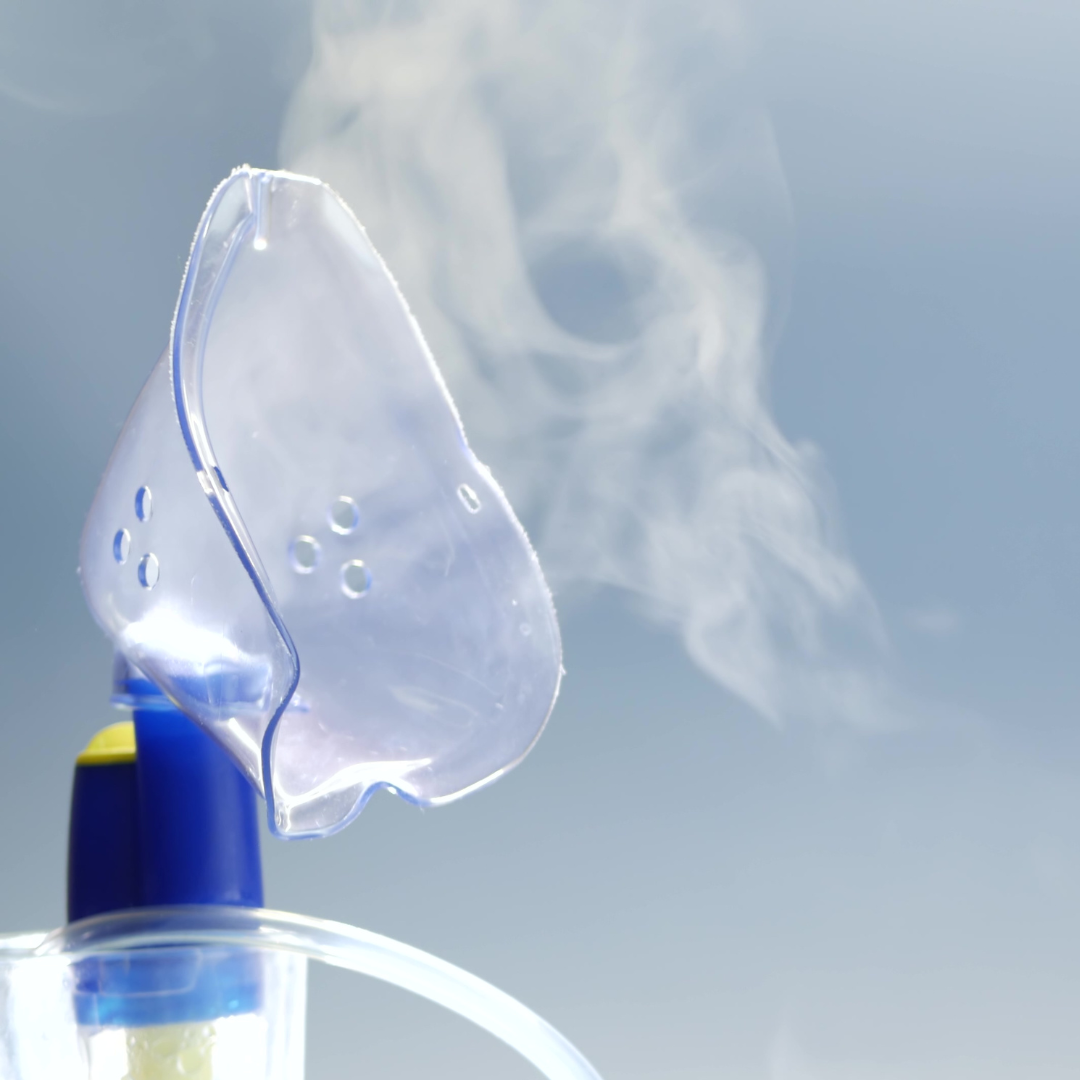It seems as though we just blinked last June, and the school year has begun. You made it through September, but once you got into October, and your classes got under full swing, your choirs and bands started to rehearse, and vocal demand increased by the week, you may suddenly now be realizing, “Woah, my voice is tired!” Or sore, scratchy, hoarse, or downright disappearing! I always say, educators may be in shock when the school year starts, but when October hits, so does the awareness that the voice is strained. Don’t be scared; be PREPARED! We’ll show you how. (Please Note: Many of the suggestions in this article pertain to other professions, not just teaching, as well as speaking at home).
HYDRATE
OK, I know what you’re thinking: Dammit, Jim, I’m a TEACHER, not a CAMEL!” (Pardon my inner Trekkie showing). But understand this: wet vocal folds are happy vocal folds. If your vocal folds (“cords”) are dry, you will have to expend more effort to vibrate them to produce voice than if they were wet. Teaching is challenging enough, without adding this unnecessary and potentially voice-damaging effort to your day. But we certainly understand that you can’t just up and leave your class when nature calls.
So here are some ideas:
- Hydrate well before you leave home.
- Just sip through your morning classes.
- Drink water on preps and lunch, and then take a bathroom break before classes start again.
- Drink again at the end of the work day, and/or on your way home
- And of course, drink when you’re home in the evening. Taper off before bedtime if you need to.
Your goal is to drink ½ your body weight translated into ounces of water (e.g., if you weigh 150 lbs., strive for at least 75 oz. water daily, more if you are active, you sing, etc.
 INHALE STEAM OR NEBULIZED SALINE
INHALE STEAM OR NEBULIZED SALINE
Here’s an idea: in addition to DRINKING water, you can also INHALE it…in the form of steam or nebulized saline. When you drink water, it goes through a significant delay before it reaches your vocal folds, as it has to go through your digestive system first.
For immediate moisture, breath warm steam using a facial steamer before and/or after work. We use a sniffing or sipping motion (i.e., with pursed lips) to bring that soothing moisture right onto the surface of your vocal folds.
For a more portable and instant option, try a cool-mist nebulizer that uses 0.9% sterile saline. It’s cordless and rechargeable, so more convenient for the teacher (or singer, or anyone, really) on the go. We like the VocalMist nebulizer, as it’s very effective and dependable, and is warrantied by the company for 6 months. (Sign up for our newsletter here to get a VocalMist discount code). Research has shown that nebulized saline may be even more effective at moisturizing the vocal folds and respiratory system than hot steam. (Please Note: As an Amazon Associate, Professional Voice Care Center earns money from qualifying purchases. As a VocalMist Partner, Professional Voice Care Center earns money from qualifying purchases.)
AMPLIFICATION
Studies have shown that amplification may be the most important factor in preventing vocal damage in teachers. And no, you don’t need a big system like the Jones Beach Theater speakers. A portable “personal” amplifier like the Voice Saver or the ChatterVox (or similar products) will be fine, and they’re hands-free and wireless headset systems. You need to let your microphone do the heavy hitting, so you don’t have to work so hard with your voice. Of course, you still have to remember not to YELL into the mic 😊 We often tell our teaching clients: They don’t pay you extra to push and overwork your voice, so why are you giving it away for free?
And for those of you who think “I could NEVER wear one of those things in school”… yes you can. Everyone has some kind of electronic device sticking out of their ear today. It’s almost weird if you DON’T. The students basically think tech is cool. One brief explanation, if you feel you need to, about why you need to use amplification in the classroom, and every student will think, “Ok, cool. Really smart”. And then they won’t give it another thought. Really. And if you’re lucky, your admission that you have a voice problem may get you some student allies, who will do your yelling for you, to help protect your voice. And speaking of yelling…
basically think tech is cool. One brief explanation, if you feel you need to, about why you need to use amplification in the classroom, and every student will think, “Ok, cool. Really smart”. And then they won’t give it another thought. Really. And if you’re lucky, your admission that you have a voice problem may get you some student allies, who will do your yelling for you, to help protect your voice. And speaking of yelling…
USE NON-VOCAL CUES TO QUIET STUDENTS
You need those non-vocal cues in place BEFORE you get the sudden urge to yell or raise your voice incorrectly (yes, there are ways to raise your voice correctly. See our blog and video on How to Speak Through a Mask with Twang. It works even when you’re not wearing a mask. Clapping, flicking the lights, a bell, a whistle, one of those horns or slide whistles from the party store, or see if you can borrow a small percussion instrument from the music department. (When I was little, we had a beautiful miniature gong on a stand. Wow, did that make a BIG sound!). (For those of you who are in corporate settings, or even at home, use plug-and-play intercoms, walkie-talkies, or texting others, to avoid shouting over noise or distance).
If you’re more tech-oriented, there are noisemaker apps. I have one that’s a service bell (complete with a pretty counter with flowers, on which sits a silver bell you can “whack-whack-whack” on your phone). There’s another with an assortment of gong sounds. I’m sure there are many more sound-effect and noisemaker apps. Have fun with these, but make sure to train your students (or your family members) first, so they know what behavior is expected when they hear the “noisemaker of the day”.
FREQUENT WARM-UPS AND RESETS
Finally, use easy, scientifically-based voice therapy warm-ups in short (1-3 minute) practice periods throughout the day. Before work, these act as a warm-up, to get your voice muscles ready for the demands of the teaching day. Throughout the day, the exercises act as a “voice reset”, to reduce strain and keep your voice effortless and clear. Finally, at the end of the evening, they can act as a gentle “cool-down” to wind down your voice before bed. Such voice therapy warm-ups include lip trills or buzzes, light sirens through a mini-straw, humming, or cup bubbles with a straw in water. Don’t forget a nice 4-5 minute laryngeal massage before or after work, and deep breathing exercises are always relaxing and stress-busting after work or before bed.
Our hope is that the more often you use therapeutic voice warm-ups, the sooner your voice will behave in a healthy way, sound beautiful, and feel great. After all, how should your voice feel at the end of the workday? As good as it did at the beginning! (News flash: Karen Sussman started her career as a part-time school speech therapist, part-time voice therapist and singing teacher in private practice, and full-time off-Broadway singer in the famed LOOM – Light Opera of Manhattan, which didn’t use microphones. 7 shows, 5 rehearsals a week – and no voice problems!)
So, to recap: make sure you hydrate well, inhale steam or nebulized saline, use personal amplification, avoid yelling, and do your therapeutic voice warm-ups frequently. That way you can get…and keep….the Choice Voice you’ve always wanted!
Call (516) 433-1822 or click here to schedule your intake session today at Professional Voice Care Center. Together, we’ll get your voice back to speaking and singing the way it was meant to!






